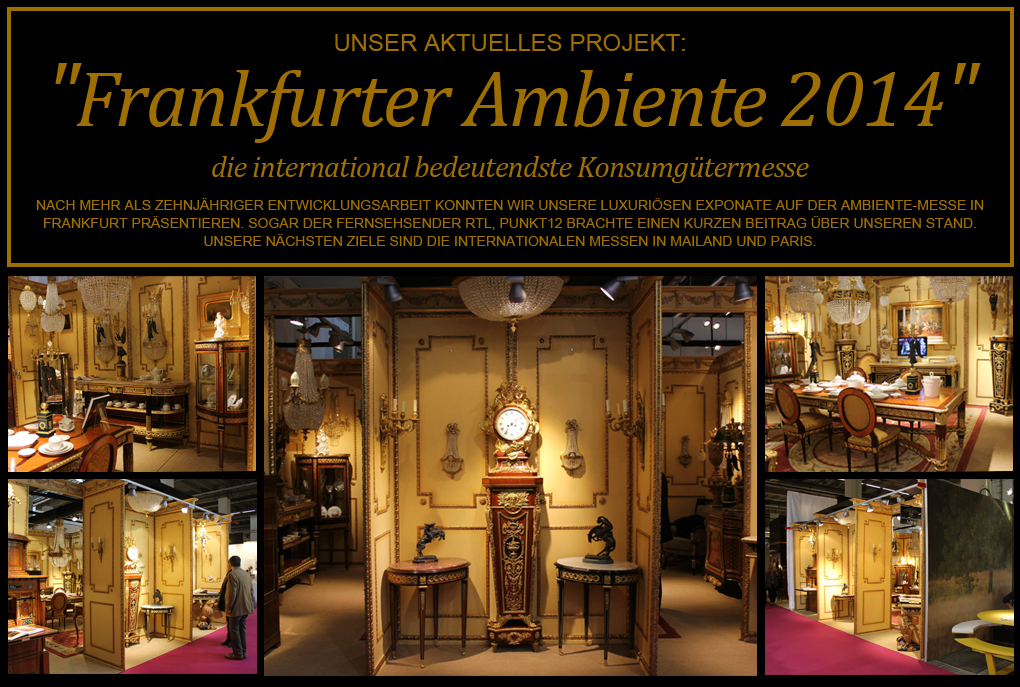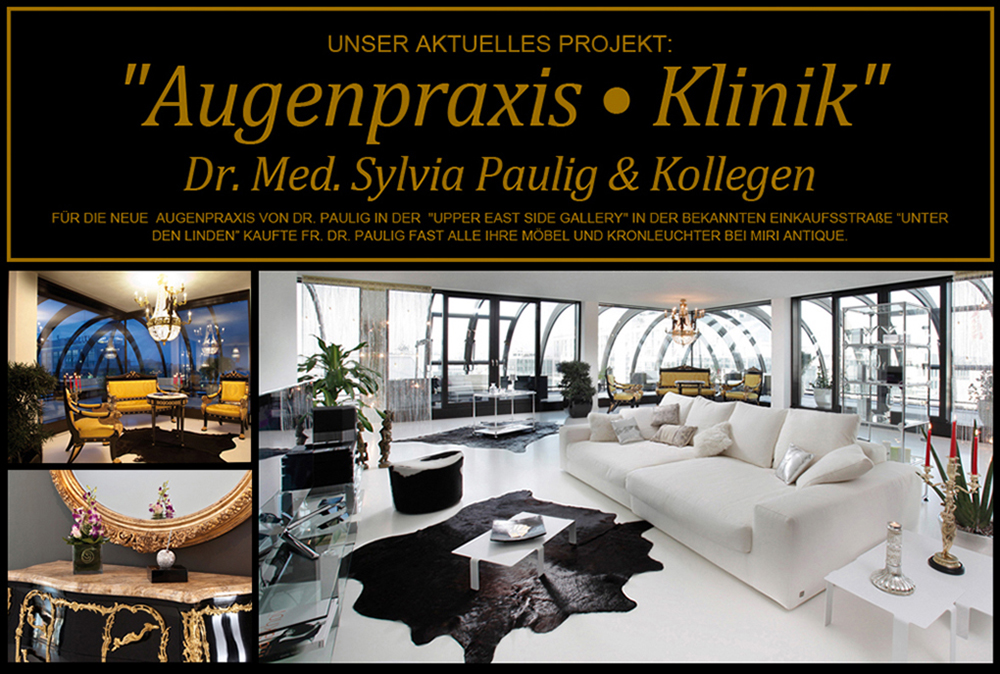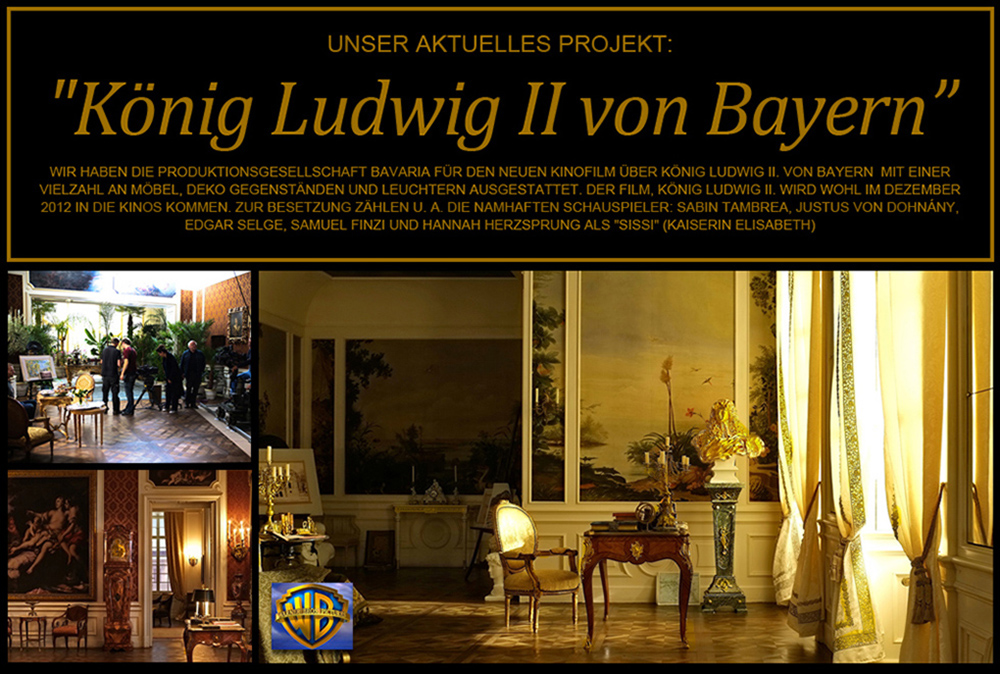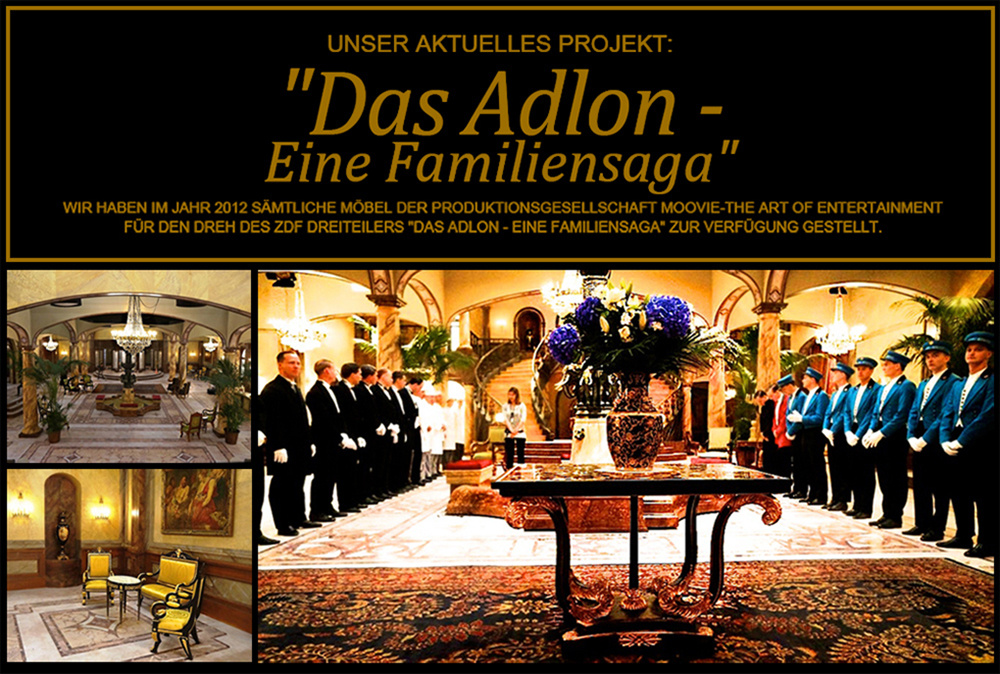
Empire crystal chandelier Charles X high gloss, solid gold F-Pf-2 *

Product description
THE REPRODUCTION OF ONE
CLASSIC CRYSTAL CHANDELIER
GOAL OF REPRODUCTION
The chandelier is a faithful replica of a crystal chandelier from the early 19th century. century The aim of the reproduction was not only to copy the chandelier based on its external appearance, but also to use the methods of the early 19th century in the choice of materials and manufacturing techniques. century to proceed. For this purpose, the metal parts and crystals of the original were examined for their composition in an institute for materials testing. The materials used in the reproduction were selected according to the test results. recreated. The traditional craft techniques used in chandelier production in the early 19th century. century were practiced and applied based on the specialist literature.
THE METAL BODY
FLAT METAL: For the reproduction of the carrier rings, sheets made of a brass alloy corresponding to the original were used, which were found in old stocks of a metal manufacturer in Germany. This material was cut into strips into which the decor of the original was embossed using an embossing tool specially made for this purpose. The individual brass strips were then bent into rings and welded to a silver alloy.
CASTINGS: The original castings are made of a brass alloy that was used in the 19th century. century was called “tombak”. This material is better suited than today's brass alloys for the representation of differentiated surfaces and was also used in this reproduction. However, fine surface patterns, like those of the originals, can only be fully achieved if the castings are manufactured “in the lost form” (wax casting process).
This process is very complex and is only used by a few art foundries today.
In order to avoid casting loss during recasting, the individual parts of the original had to be remade as models, with the models being enlarged with an allowance corresponding to the loss. The mold approvals were carried out on these models and the castings were cast using the wax casting process.
The surface of the castings is then prepared for gold plating. To do this, the so-called “cast skin” must be removed from Allen cast parts by hand and individual parts must be chased using special tools – also by hand.
GILDING: The original chandelier has fire gilding, as was the case in the early 19th century. was the common practice of metal gilding. Due to health risks, fire gilding is now only carried out if the process is secured with complex protective and filter devices. In Europe, fire gilding is therefore only carried out in special workshops for museum purposes; Private use of such facilities is only possible at enormous expense.
However, there are craft workshops in Nepal where Buddhist sacred objects are fire-gilded. Some of these companies have been equipped with the necessary protection and filter systems using development aid funds. If desired, the metal body of the chandelier can be provided with real fire gilding.
However, the standard gilding of the chandelier frames is carried out using modern processes in two versions:
1as high-gloss gold plating; For this purpose, the entire metal material is first polished to a high shine and then gold-plated,
2as partly matt, partly high-gloss gold plating; For this purpose, all metal parts are first polished and then brushed matt with a fine abrasive material. Finally, all raised surfaces of the castings are polished by hand using small tools and then gold-plated. This gilding visually corresponds to real fire gilding.
ELECTRIFICATION: During the subsequent production, the original lighting provided by candles was completely retained. On the other hand, the lighting had to meet today's requirements. That's why interior lighting was made, which is equipped with nine 40 watt candle bulbs. This interior lighting can also be removed from the chandelier if desired. In this case, the reproduction can hardly be distinguished from the original.
PATINATION: If desired, the chandelier can be patinated. The patination makes the chandelier appear naturally aged.
THE GLASS CRYSTALS
GLASS MATERIAL: When producing glass crystals for chandelier hangings, admixtures of lead oxide increase the light refraction properties desired in chandeliers. In the early 19th century century However, luster crystals could only be produced with a low proportion of lead oxide (around 6-8%), while modern luster crystals contain such admixtures of up to 30% of the glass material. The appearance of modern chandelier hangings differs from antique chandelier hangings for this reason alone.
CRYSTAL SURFACE: A second distinguishing feature of antique and modern chandelier hangings is the type of surface treatment. Modern chandelier hangings are machine-cut with such high precision that the incident light is completely resolved into its color spectrum. Modern chandelier hangings therefore have a shimmering and very colorful appearance, regardless of the viewer's location.
In contrast, antique chandelier hangings were sanded by hand. However, sanding by hand is quite imprecise and therefore only allows partial and rather random color refraction of light. As a result, the color play of light refraction in hand-cut glass crystals is not constantly present in Allen colors, but changes with the viewer's location and is different for each individual crystal. Chandeliers with hand-cut crystals have a more lively appearance than chandeliers with modern hangings.
For both reasons, modern luster crystals could not be used in a faithful reproduction. The crystals therefore had to be recreated according to the shape and material specifications of the ancient originals. According to these specifications, the raw crystals were produced in a limited edition in a German glassworks for special glasses and individually hand-cut using traditional technology. As with the original, the polished buchtels were finally tied into chains using gold-plated brass pins.
There are a total of 1054 glass parts on the chandelier (bubbles, icicles, stars); 953 of them are hand-cut buchtels in eight different sizes.
Dimensions in cm: Width: cm, H: 114 cm, D: 74 cm
more pictures
These are exhibition pieces and may show slight signs of wear.
Shipping can take up to 10 days after receipt of payment.

























